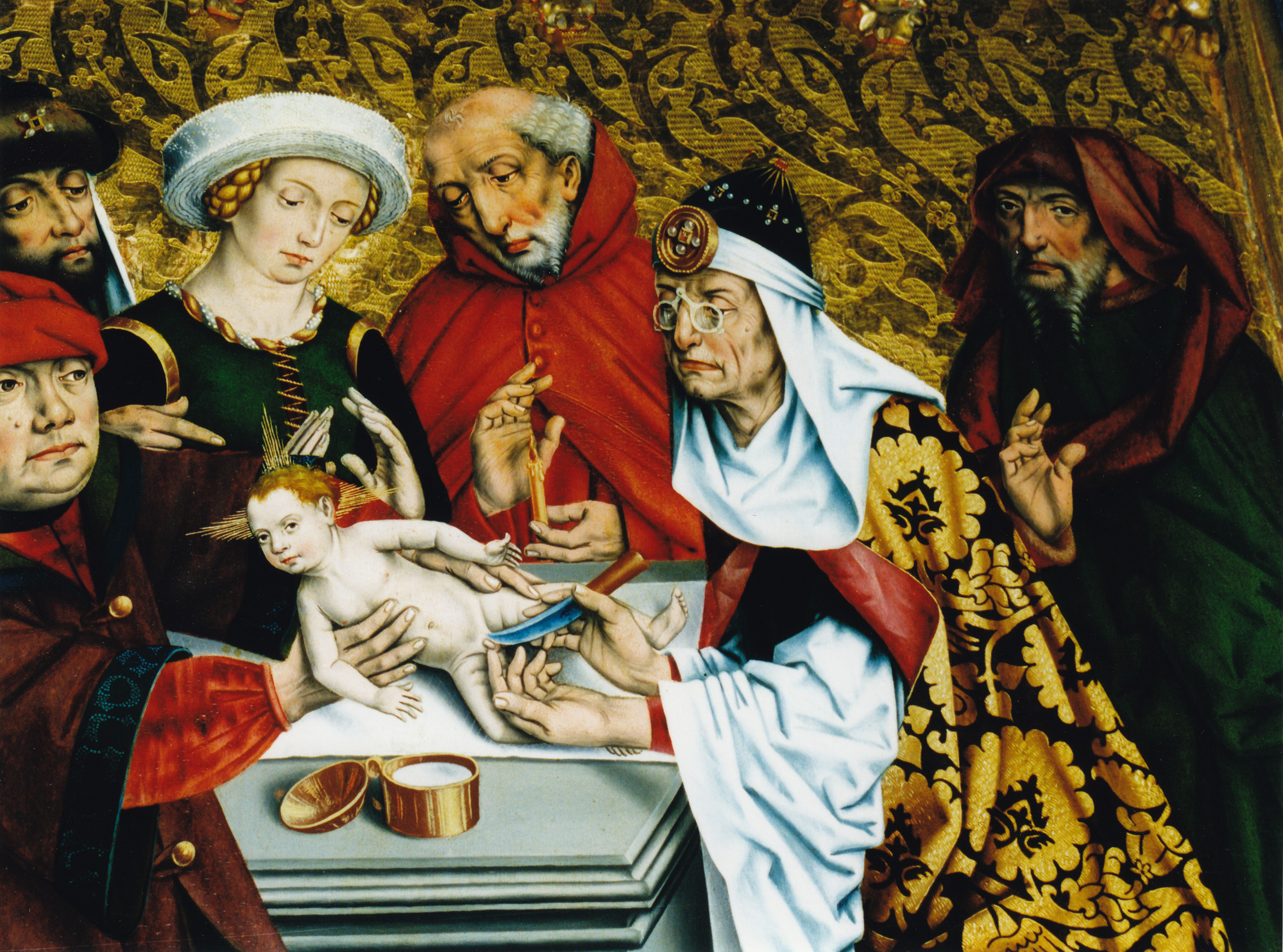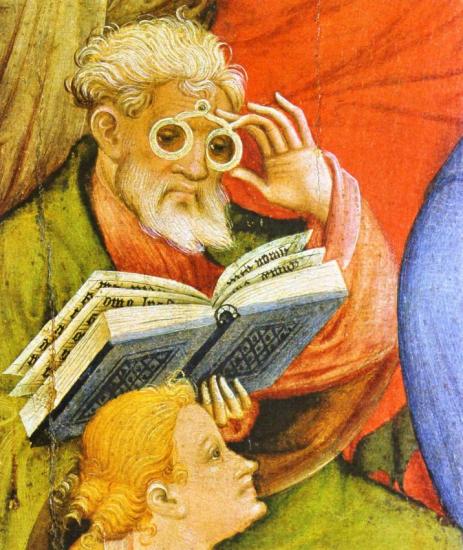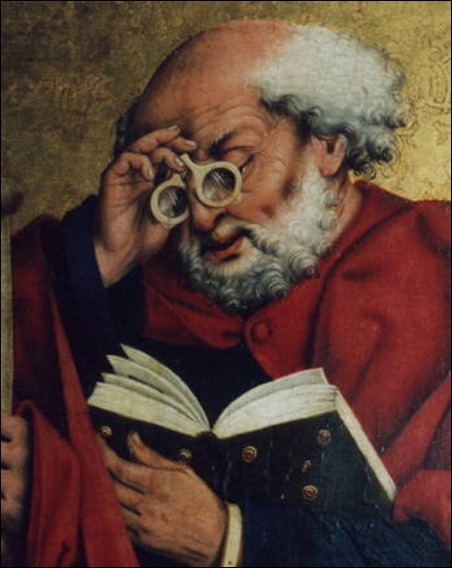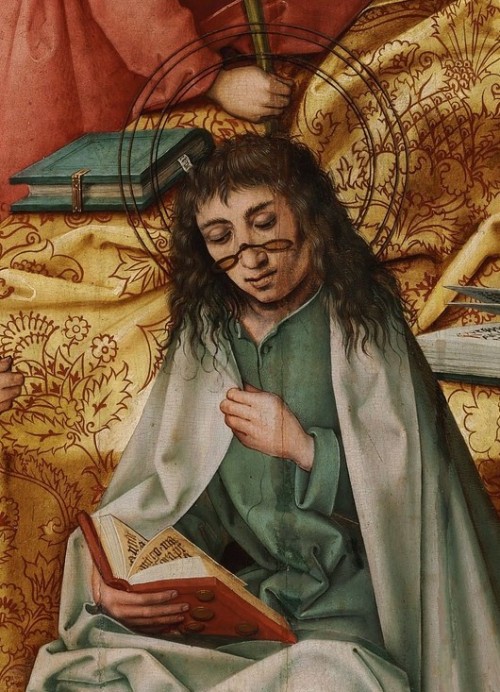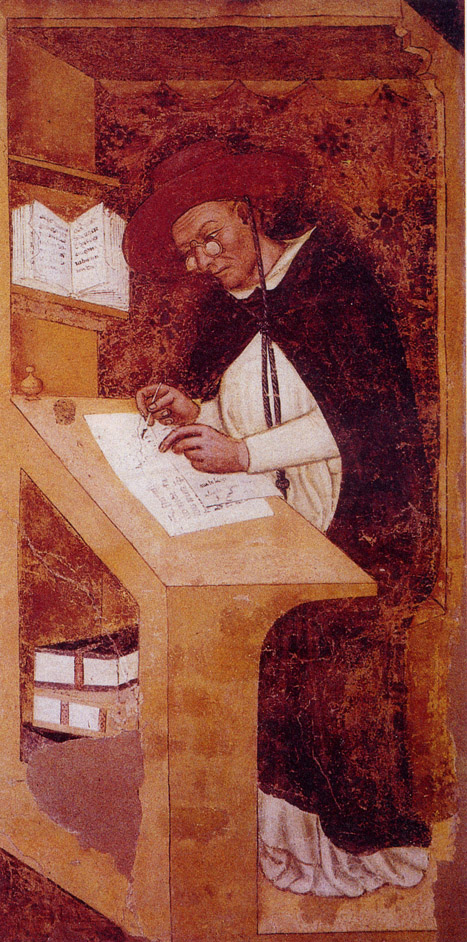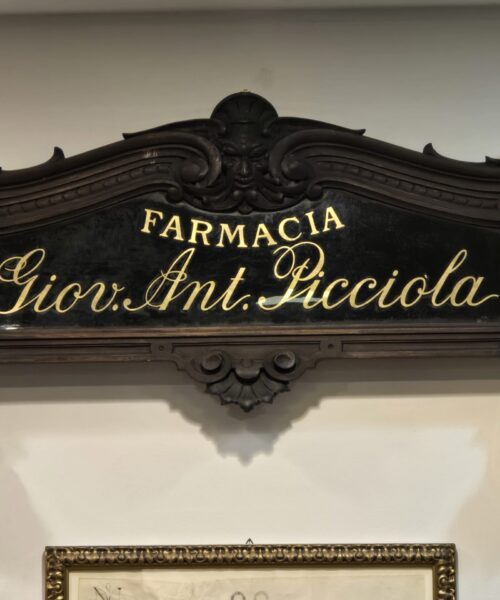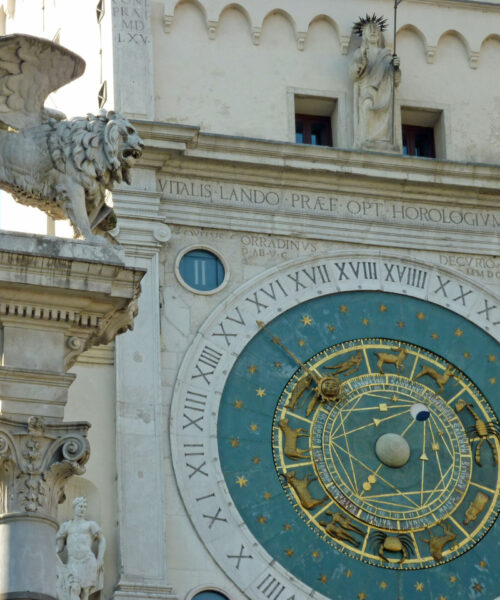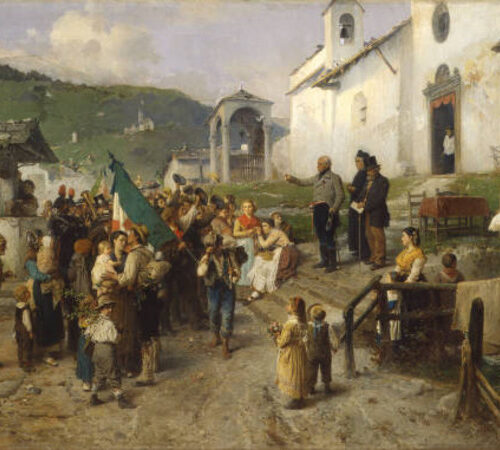The collective imagination often associates the Middle Ages with an era of darkness, where superstition, ignorance, and violence prevailed. This perception, solidified in the 18th century by the Enlightenment thinkers, overshadows the countless innovations and cultural progress that characterized this thousand-year period.
Anything that appears backward today is commonly labeled as “medieval,” perpetuating the Enlightenment’s idea that condemned the Middle Ages as an era of fanaticism and religious obscurantism. However, it is essential to remember that the Middle Ages were also a melting pot of culture, legal developments, and revolutionary inventions.
Contrary to popular belief, the Middle Ages were not a static period but a crucial era of transition. Between the splendor of Roman culture and the brilliance of the Renaissance, the Middle Ages laid the foundation for significant developments in legal, civil, and canon law, and were the stage for technological discoveries that have profoundly influenced contemporary life.
In this review, we will explore some of the most significant medieval inventions, highlighting how they improved the quality of life. A prime example is eyeglasses, an invention without which many of us would struggle to live comfortably.
Originally without arms and resting directly on the nose, as shown in the film “The Name of the Rose,” eyeglasses represent a crucial advancement. Their creation is attributed to a Dominican friar, Alessandro delle Spina, who, unlike many craftsmen of the time, did not keep the manufacturing techniques secret, allowing more people to benefit from this invention.
This review will continue with reproductions of artworks illustrating medieval inventions, enriched with details and curiosities. Among these, we will include images from frescoes and period panels, as well as a still from the film “The Name of the Rose,” based on the novel by Umberto Eco, to make the impact of these inventions on daily life tangible.
Therefore, the Middle Ages, far from being a period of simple obscurantism and backwardness, were rich in innovations and progress that deserve recognition and appreciation. Through this exploration, we aim to rewrite the common narrative of this historical era, illuminating lesser-known but fundamental aspects for understanding our past and its influences on modern life.

